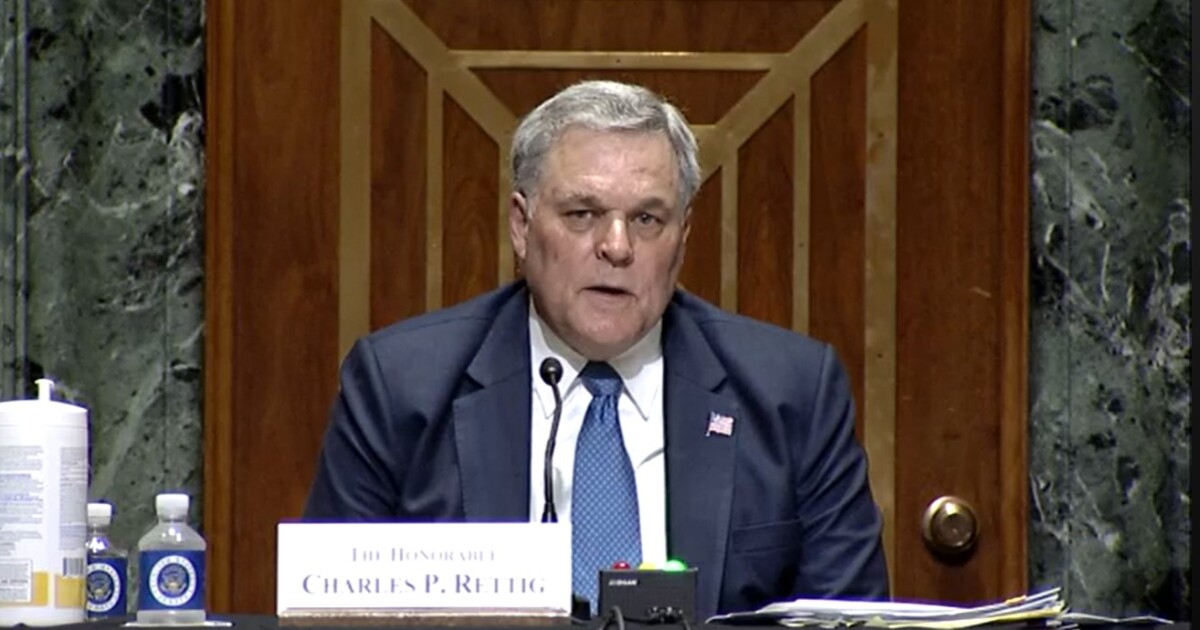Noted; loan sharks; lowering the Boomer; and other highlights of recent tax cases.
Orlando, Florida: Christopher Johnson and Jasen Harvey, who is from Tampa, Florida, have pleaded guilty to conspiring to defraud the U.S. with a tax fraud called the “Note Program.”
Arthur Grimes, of Ocoee and Orlando, Florida, pleaded guilty on April 2 to obstructing the IRS in connection with the fraud.
From 2015 to 2018, Johnson and Harvey promoted a scheme in which Harvey and others prepared returns for clients that claimed large nonexistent income tax withholdings had been paid to the IRS and sought large refunds based on those withholdings. The conspirators charged clients fees and required them to pay over a portion of the fraudulently obtained refunds.
Overall, the defendants claimed more than $3 million in fraudulent refunds on clients’ returns, of which the IRS paid about $1.5 million.
Grimes caused four false income tax returns prepared by Harvey to be filed. When the IRS attempted to recover a refund issued to Grimes based on one of those returns, Grimes made false statements and submitted false documents to an IRS revenue officer and transferred funds to a nominee bank account.
Johnson was paid more than $200,000 in 2016 and more than $100,000 in 2017 as his share of the proceeds from the scheme. He filed returns for those years that did not report that income, resulting in a tax loss of $78,259.
Johnson and Harvey each face up to five years in prison for the conspiracy charge. Grimes will be sentenced on Nov. 12; he faces a maximum of three years in prison for the tax obstruction charge. All three also face a period of supervised release, restitution and monetary penalties.
Farmington, Connecticut: Accountant and tax preparer Mark Legowski, 60, has pleaded guilty to filing false returns.
From January 2015 through December 2017, Legowski was a self-employed accountant and tax preparer doing business as Legowski & Company Inc. He prepared income tax returns for some 400 to 500 individual clients and some 50 to 60 businesses.
For the 2015 through 2017 tax years, to reduce his personal income tax liability, Legowski willfully underreported his firm’s gross receipts in its bookkeeping system by excluding some client payment checks. He then filed false personal income tax returns that failed to report more than $1.4 million in business income, which resulted in a loss to the IRS of $499,289.
Sentencing is Nov. 25. Legowski faces a maximum of three years in prison. He has agreed to cooperate with the IRS to pay $499,289 in back taxes, as well as penalties and interest.
San Diego: Andre Shammas, 43, owner of the accounting and tax prep business Shammas Funding Inc., has pleaded guilty to fraud charges, admitting that he submitted bogus applications for more than $5 million in pandemic-related loans.
Shammas admitted using his business to illegally apply for more than 40 Paycheck Protection Program loans. He solicited and recruited clients of the tax prep business and others to apply for fraudulent loans, then prepared fraudulent tax and other documentation to support fraudulent applications.
The applications included false and fraudulent statements in the loan applications, including false representations regarding the number of employees, the average monthly payroll and the gross receipts earned by the purported businesses.
Sentencing is Nov. 18. He faces up to 20 years in prison.
Reedsville, Pennsylvania: Vincent Minervini has pleaded guilty to filing a false return in 2018.
From 2014 through 2018, Minervini operated various companies that he either owned on his own or controlled through a partnership, including VM Holdings; Supreme Star Property Management; Boomer Builders; Debt Free Partnerships; Boomer Ranches DS; and VMJH Holdings.
Minervini filed personal and business returns in each of these years and made it appear that his businesses were incurring expenses, which were deducted from his businesses’ taxable income, by moving money from one of his companies to another and labeling such payments “Management Services,” “Management Fees,” “Operating Expenses,” “Operating Budget” and “Transfers.”
He also made payments from his companies to himself without reporting the transfers as income in his personal returns. As a result of these actions, Minervini underreported some $2,102,512 in income.
Minervini admitted that the tax returns for 2014 to 2018 contained knowingly false information and accepted responsibility for $266,618 in unpaid taxes, which was the full amount of unpaid taxes for 2014 to 2018. He also agreed to pay restitution to the IRS in that amount.
St. David, Arizona: Resident Roy L. Layne has pleaded guilty to wire fraud and filing a false refund claim with the IRS.
In 2020 and 2021, he submitted false applications on behalf of several bogus businesses to the U.S. Small Business Administration for loans from the PPP and the Economic Injury Disaster Loan programs. Layne claimed that the businesses had dozens of employees and earned hundreds of thousands in gross receipts; he created false business and employment tax forms that he filed with the IRS and submitted to the SBA.
Layne requested and received more than $300,000 in loans to which he was not entitled. In 2022, he also filed false returns with the IRS that sought nearly $7.5 million in refunds, of which the IRS paid some $550,000.
Sentencing is Feb. 3. He faces a maximum of 30 years in prison for each wire fraud charge and five years for the false claim charge. He also faces a period of supervised release, restitution and monetary penalties.
Conyngham, Pennsylvania: Attorney Jill Moran, 55, has pleaded guilty to a three-count criminal information charging her with failing to pay individual income taxes for 2016, 2017 and 2018, in connection with substantial legal fees she earned as the owner and operator of the Powell Law Group, a local law firm, and as a member of the trust advisory committee for a mass tort litigation.
Moran did not pay individual income taxes for tax year 2016 on some $1,215,000 she received, and did not pay individual income taxes on substantial income she received in tax years 2017 and 2018. She caused a total tax loss to the IRS of $250,000 to $550,000.
In 2009, Moran became the managing director and president of the Powell Law Group, when the founder and owner of the firm, Robert J. Powell, was suspended from the practice of law and ultimately disbarred. Moran and Powell agreed that she would collect 10% and he would collect 90% of any future fees the firm earned after expenses.
The Powell Law Group represented thousands of plaintiffs in a mass tort litigation that settled for some $5.15 billion in 2015, from which the firm was expected to receive some $120 million in attorneys’ fees. Prior to the attorneys’ fees disbursement, Powell Group and its co-counsel used those future legal fees as collateral to obtain loans totaling more than $125 million.
In 2014 and 2015, Moran received two disbursements of $500,000 each from those loan proceeds. She also received some $215,000 for her work on the trust advisory committee. In June 2016, most of the attorneys’ fees were finally disbursed and the loans repaid.
Still Moran paid no taxes on both the $1 million she received in attorney’s fees that year and the $215,000 she received for her work on the advisory committee. Likewise, in both 2017 and 2018 Moran received substantial income but paid no taxes on it.
On Aug. 14, Robert Powell pleaded guilty to evading taxes on the income he received in legal fees from the mass tort litigation. He awaits sentencing.


 Economics1 week ago
Economics1 week ago
 Accounting1 week ago
Accounting1 week ago
 Economics1 week ago
Economics1 week ago
 Economics1 week ago
Economics1 week ago
 Economics1 week ago
Economics1 week ago
 Personal Finance1 week ago
Personal Finance1 week ago
 Economics1 week ago
Economics1 week ago
 Personal Finance1 week ago
Personal Finance1 week ago












